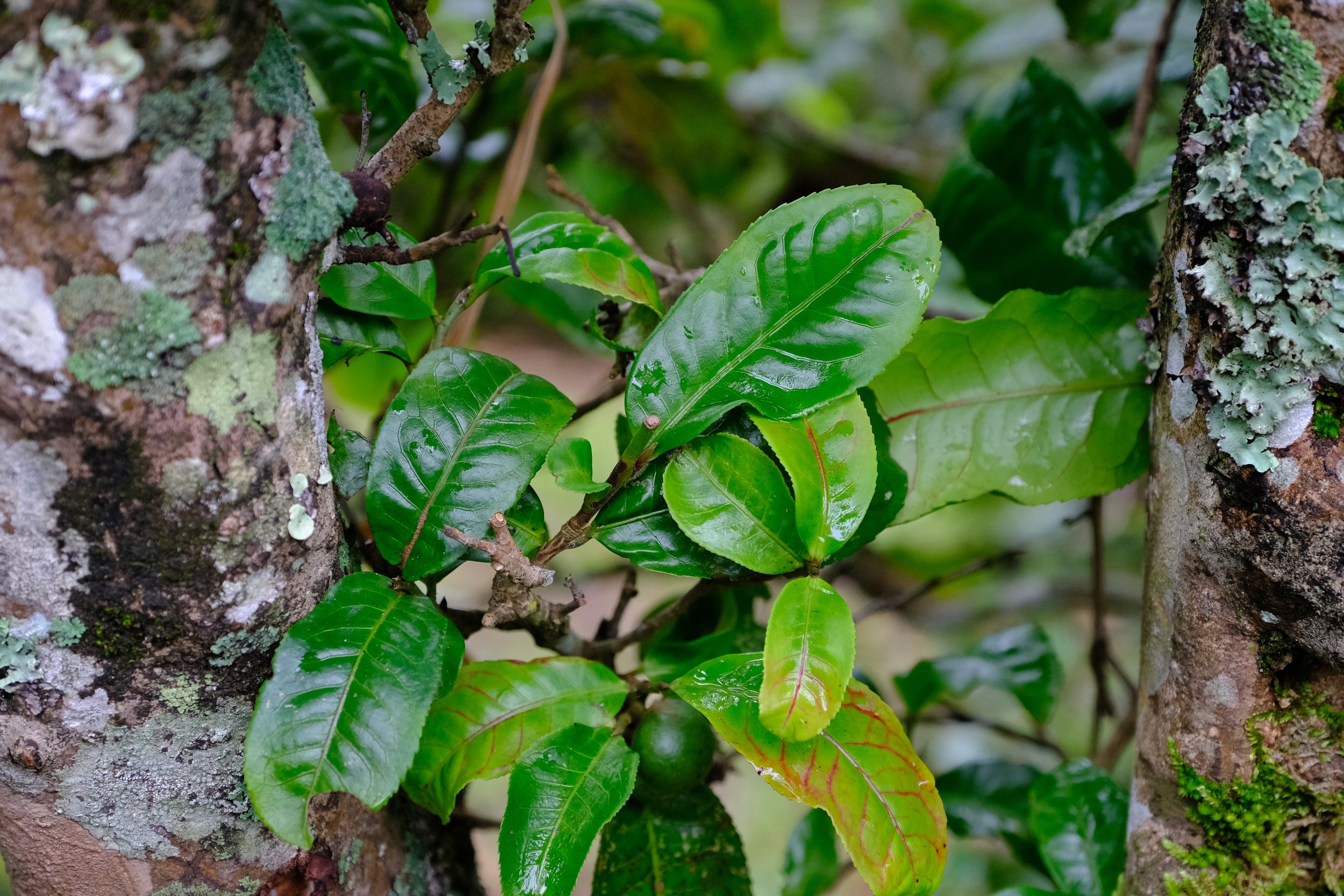What Is Tea
Tea, one of the world’s most beloved beverages, originates from the leaves of the Camellia sinensis plant. This plant thrives in various climates and terrains, giving rise to a diverse range of teas, each with its unique characteristics and flavors. The story of tea spans centuries and continents, intertwining with the cultures and histories of many nations.
The Origins of Tea
The cultivation of tea is believed to have begun in China over 4,000 years ago. According to Chinese legend, the discovery of tea dates back to Emperor Shen Nong in 2737 BCE, who discovered tea when leaves from a wild tree blew into his pot of boiling water. Captivated by the pleasant aroma and taste, Shen Nong began to explore its properties, leading to the integration of tea into Chinese culture and daily life.
Spread of Tea Across Asia
From China, tea cultivation and consumption spread to neighboring countries. By the 6th century, tea had reached Japan, brought by Buddhist monks who had studied in China. These monks used tea to stay alert during meditation, and the practice evolved into the Japanese tea ceremony, a ritualistic and highly aesthetic form of tea preparation and consumption.
In India, tea’s history took a different path. Although indigenous wild tea plants were known to grow in the Assam region, large-scale cultivation began under British colonial rule in the 19th century. The British established tea plantations, introducing the Assamese variety of Camellia sinensis, which has since become renowned for its robust and malty flavor.
Tea in the Western World
Tea made its way to Europe in the 16th century, brought by Portuguese and Dutch traders. By the 17th century, it had become a fashionable beverage among the European aristocracy. The British East India Company played a significant role in popularizing tea in Britain, where it became an integral part of daily life, leading to the iconic British afternoon tea tradition.
Modern Tea Production Regions
Today, tea is grown in various regions around the world, each imparting distinct characteristics to the leaves based on the local terroir. Some of the most prominent tea-producing countries include:
- China: Known for its diversity of tea types, including green, black, white, wulong, and pu-er teas. Famous regions include Yunnan, Fujian, and Zhejiang.
- India: Renowned for Assam, Darjeeling, and Nilgiri teas. Each region produces teas with unique flavors, from the brisk and malty Assam to the floral and delicate Darjeeling.
- Japan: Specializes in green teas such as sencha, matcha, and gyokuro. Japanese tea culture emphasizes precision and the aesthetic aspects of tea preparation.
- Sri Lanka (Ceylon): Produces black teas known for their bright, brisk flavor. The high-altitude regions of Nuwara Eliya, Uva, and Dimbula are particularly famous.
- Taiwan: Famous for its high-quality wulong teas, particularly those from the regions of Alishan and Dong Ding. Taiwanese wulongs are known for their complex flavors and floral aromas.
- Kenya: A major producer of robust black teas used primarily in blends. Kenyan teas are known for their strong, bright, and brisk characteristics.
Sustainable and Ethical Tea Production
In recent years, there has been a growing focus on sustainable and ethical tea production. Many specialty tea producers emphasize small-scale, hand-processed tea cultivation. These producers often operate under fair trade principles, ensuring that farmers receive fair wages and work in safe conditions. This commitment to quality and ethics not only supports the livelihoods of tea farmers but also results in superior tea leaves, offering a richer and more authentic flavor.
Understanding the origins of tea enhances our appreciation of this ancient beverage. From the misty mountains of China to the lush plantations of India and beyond, tea’s journey is a testament to its enduring appeal and cultural significance. As you sip your next cup, take a moment to reflect on the rich history and meticulous craftsmanship that brought it to your table.
Feel free to explore more about each region’s unique tea offerings and delve deeper into the fascinating world of specialty teas. Stay tuned for our next segment, where we will explore the connoisseur’s guide to brewing tea with traditional methods like the gaiwan and kyusu.

